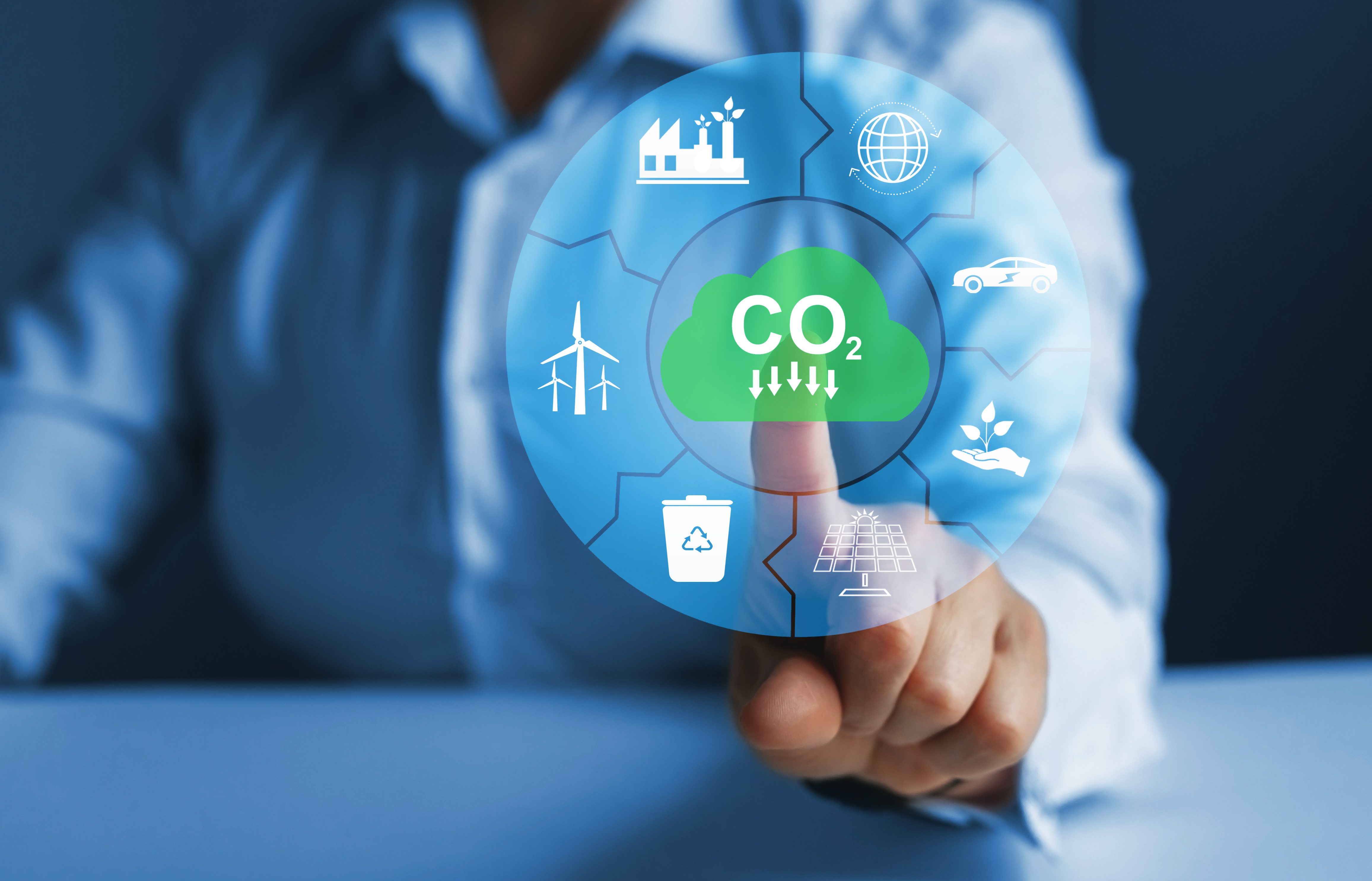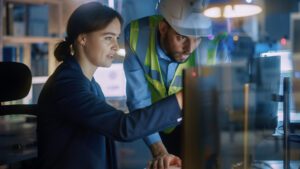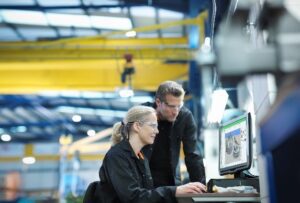
Historically most companies have only focused on the financial bottom line. Although today, the term “triple bottom line” (TBL) has become part of everyday business language.
The term describes three bottom lines – social, environmental, and financial – often referred to as the “3Ps” people, planet, and profit.
Today’s investors, customers and employees demand social and environmental responsibility before they invest in or work for a company. Employees and capital are the lifeblood of industrial companies, and so meeting triple bottom line definitions of success are essential for the long-term survival of any industrial enterprise.
If they can’t attract workers or capital, a company simply won’t survive.
Challenges meeting the Triple Bottom Line
Changing processes and practices to simultaneously meet these three measures of success may seem difficult, if not impossible. The good news is that today’s digital technologies make it possible to balance people, planet, and society measures, all in real time. What’s even better news is that digitally transformed businesses not only operate sustainably but are also better equipped to sustain their businesses into the future.
How 21st century technology will help?
- Smart-connected technologies provide access to data streams and software required to track and evaluate performance in terms of both sustainability and profitability.
- Cloud-based analytics, machine learning and Digital Twins work together to reduce CO2 emissions and improve manufacturing process efficiency.
- Digitization across today’s complex value chains enables industrial circularity – the 5Rs: Remanufacture, Repair, Reuse, Recycle, Refurbish.
Steps toward long-term industrial sustainability
Sustainable operation means not just reducing energy use but also greenhouse gas emissions, plastics use and ensuring labor and materials are equitably sourced.
Businesses are at different stages of maturity when it comes to sustainability. At Schneider Electric, we see progression through three distinct levels, which describe the combined development and engagement of people, process, and technology. These range from incorporating sustainability KPIs into daily business to social corporate responsibility, for both operations and those of the value chain.
We offer solutions to help manufacturers become more sustainable and adopt these same solutions in our own plants and facilities.
The three maturity levels are outlined below with examples of Schneider Electric approaches to address them:
- Efficient Production – In our Smart Factories and Smart Distribution Centers, we’ve reduced energy costs by 10%-30% and maintenance costs by 30%-50%. by implementing IIoT throughout our global supply chain with
- Green Product – Our designers choose materials based on carbon footprint. For example, if one metal has a lower lifecycle carbon footprint than another, we’ll choose that one for our circuit breakers. We make sure as much of our product can be recycled at the end of its life, and we reuse and recycle across our business as much as possible.
- Social Commitment – We’re committed to reducing not only our carbon footprint but that of the partners, suppliers, and customers in our value chain.
Our targets include:
- 80% green revenues
- 800 million tons of CO2 emissions saved and avoided for customers
- 50% reduction of CO2 operational emissions from our top 1000 suppliers
Schneider Electric is committed to Climate Group EP100, RE100 and EV100.
Digitization is a major key to survival
Technologies today make it possible to achieve success measured against all three dimensions of the TBL. In addition, today’s uncertain environment with supply chain issues and quickly changing customer and market demands means the most agile companies will be the ones who survive into the future.
Digital solutions like EcoStruxure Machine Expert Twin can help.
EcoStruxure Machine Expert Twin is a scalable, digital-twin software solution for the entire machine lifecycle. It enables mechanical, electrical, and control designs to be done in parallel.
This solution allows Industries of the Future to be more efficient and optimize sustainability through all stages of the plant’s lifecycle, from sales and design into operations.
It’s far easier to verify the performance of designs virtually to make sure they work as intended before implementation in the real world. This makes continuous improvement activities, including those with the goal of improving the Triple Bottom Line, far more efficient and effective.
The net result is that business can quickly and accurately adapt their processes to work more Sustainably while gaining the agility they need to sustain their business for the long haul.



